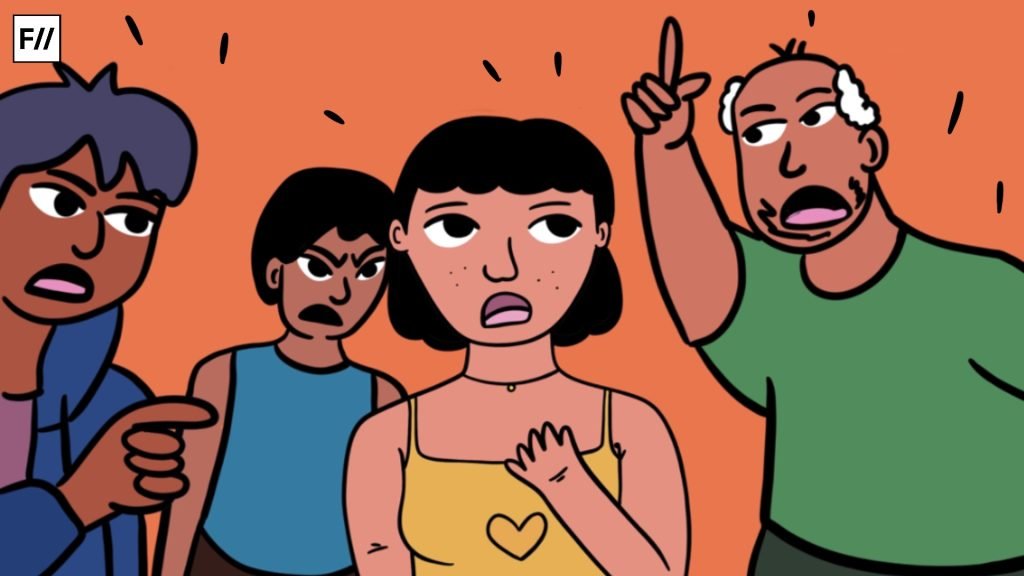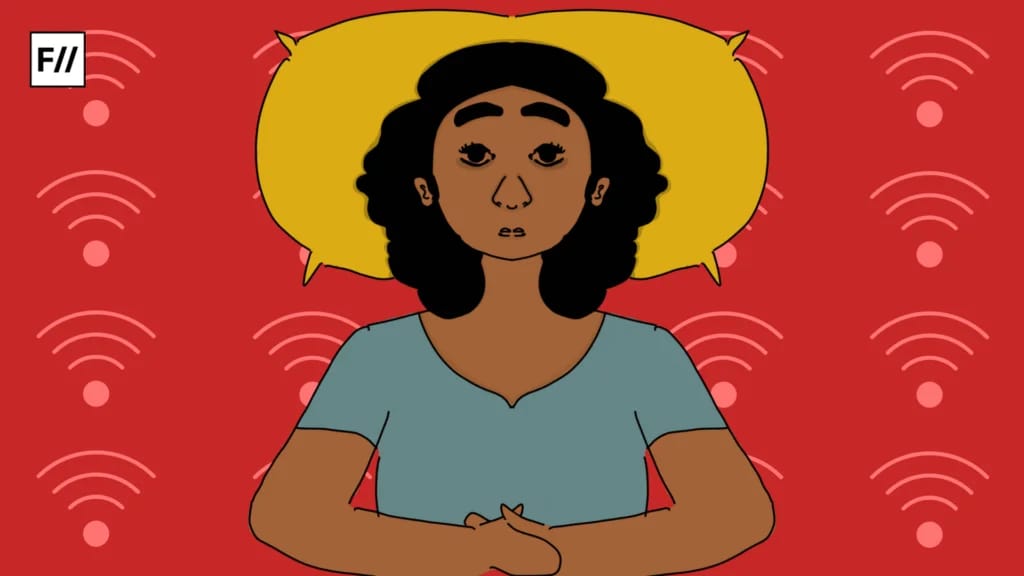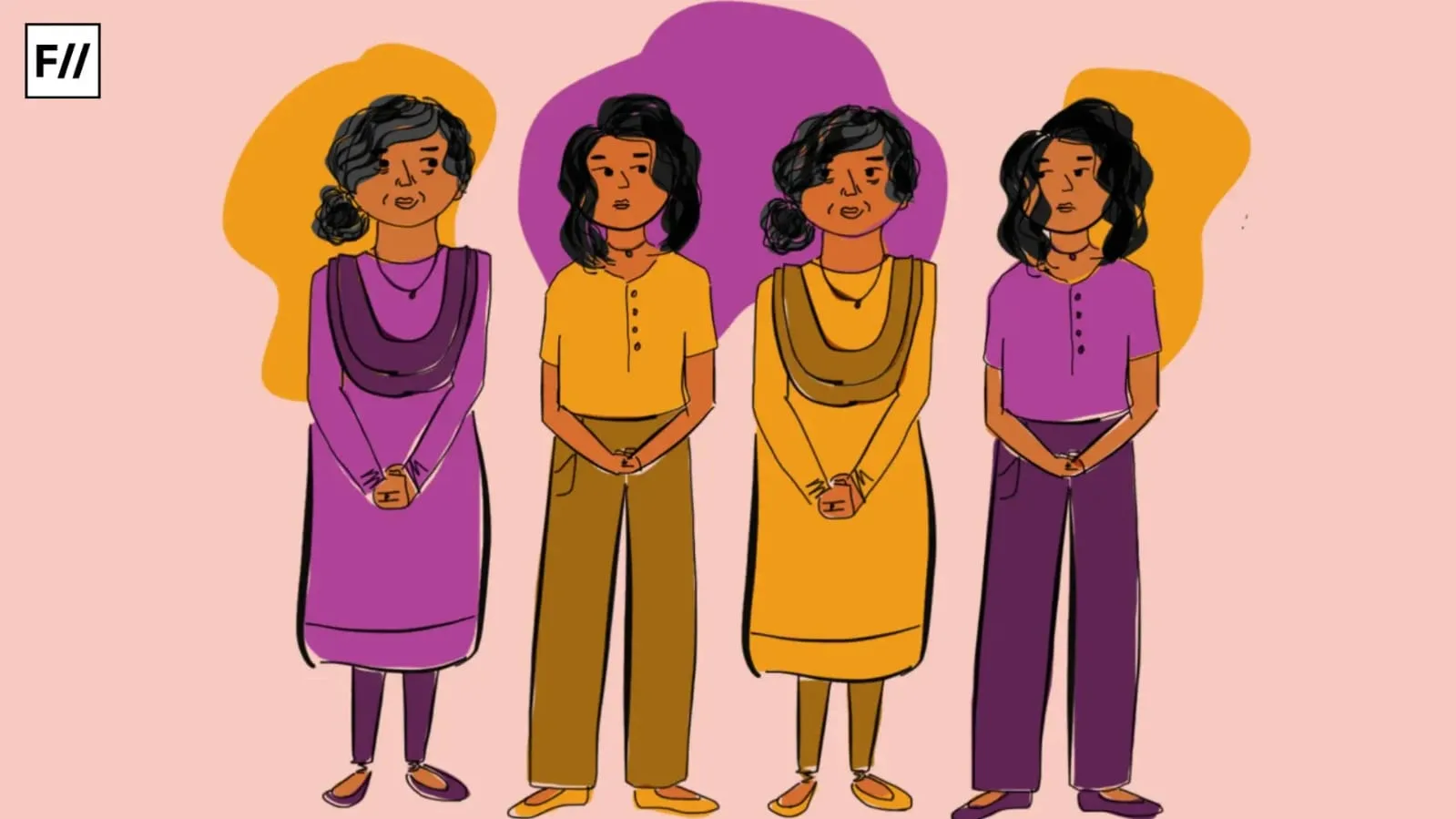“You know perfectly well, how you imagine things.”
This is a quote from the film Gaslight (1940). The word gaslight was used first as the title of a play in 1938 which was also adapted as a film with the same name in 1940. The film’s plot revolves around a couple who move into a place where a woman is murdered. The wife is suggestively shown to have mental health conditions but as the film progresses, it is found that she is being misled and manipulated by her husband into questioning the reality of her thoughts and things that are actually happening—including the dimming of the house’s gas lights, hence the name, Gaslight!
Are you sure you are remembering it right?
Gaslighting, according to Merriam-Webster means psychological manipulation of a person usually over an extended period of time that causes the victim to question the validity of their thoughts, perception of reality, or memories and typically leads to confusion, loss of confidence and self-esteem, uncertainty of one’s emotional or mental stability, and a dependency on the perpetrator. It is a systematic distortion of the victim’s reality by eating away at their hold over it.

To oversimplify it, gaslighting is manipulation. Manipulation is controlling to one’s own advantage. In contrast, gaslighting is a more systematic process of creating confusion and misleading a person to question the validity of everything from their thoughts to their reality and perception to control them. Today, gaslighting is an increasingly ubiquitous term used to describe the mind-manipulating strategies of abusive people, in both politics and interpersonal relationships.
Gaslighting, as often thought is not common just in abusive relationships but can be found taking place somewhere as plain in sight as in a doctor’s clinic. It may begin with mere invalidation of thoughts or memories, the abuser may cause doubt and question the victim repeatedly till they are forced to scrutinise themselves. The gaslighter may use phrases such as, “Are you sure?” “I think you are remembering it wrong,” “That is not what happened,” “I do not know what you are talking about,” and behave in a manner which is dismissive of the emotions of the gaslightee, invalidates them, trivialises them, questions their credibility or uses negative stereotypes against them. For effective gaslighting, there must be a relationship between the gaslighter and the gaslightee, often one of intimacy which allows the subtle tactics (attack on self-worth) to set in. Such relationships can be with friends, parents, teachers, colleagues, and the strongest case, a romantic or sexual partner.
Gaslighting creates a dependency towards the abuser since the victim can no longer feel reliant on themselves. This leads to the gaslightee losing most of their self-esteem, and self-worth, constantly being in self-doubt and feeling a distorted sense of reality and memory. The twisted beauty of the manipulation is such that the victim perceives the doubt to be arising from within many a time and does not realise until much later that the abuser is “flipping” the story or making use of tactics such as denial, countering, diverting, stereotyping, invalidating. The gaslighter typically maintains a certain image in front of the gaslightee and a different one in front of the world so as to not lose credibility of his words and be able to effectively undermine the gaslightee.
Gaslighting from the sociological standpoint
Despite, the common understanding that gaslighting is studied under a psychological lens, we must look at it from a sociological standpoint and understand the enablers of this mind-warping insanity. Most forms of emotional and/or psychological abuse are powered by structural vulnerabilities related to race, nationality, and sexuality; and institutional inequalities against victims to erode their realities. Gaslighting may be a psychological tactic but it is fueled by vulnerabilities like any other emotional abuse and in some cases social vulnerabilities.

In most patriarchal societies, women are associated with adjectives such as “emotional” while men are seen as more “logical” beings. This is the most common foundation on which gaslighting operates- gendered irrationality. This is where the basis of all gaslighting is an association of femininity with irrationality. There are no major studies yet which show that females are found to be victims in most cases of gaslighting. However, the majority of cases of gaslighting are found to have been against women. It has been found to be part of other forms of gender-based abuse and used as a response to protests against sexist treatment.
In a sociological study by the American Sociological Association, domestic violence was found to be enabled by the use of gaslighting as a means to justify the violence. The abusers in these cases utilised negative stereotypes, invalidation, and denial, which created a structured vulnerability related to the victims’ sexuality or gender.
Gaslighting is then fueled by negative stereotypes attached to femininity such as being “too sensitive,” “emotional,” “erratic,” “crazy,” “stupid,” “illogical,” and “irrational“—the tactics used in gaslighting become effective when applied in these social contexts of difference in power exercised. Not every account of gaslighting fits into the sexist framework of behaviour, but most of it does press on the pre-existing difference in social standing and perception. By associating femininity with irrationality, negative stereotypes are empowered and maybe even start being justified.
Sources:
- https://www.psychologytoday.com/us/basics/gaslighting
- https://www.medicalnewstoday.com/articles/gaslighting#gaslighting-examples
- https://www.merriam-webster.com/dictionary/gaslighting
- https://sci-hub.se/https://doi.org/10.1177/0003122419874843
*gaslighting is illegal in the UK
About the author(s)
Ketki (she/her), is a curious political science student who loves exploring new ideas, places, and cultures. She has gained diverse work experience across event logistics, exhibitor relations, and research, always eager to learn something new. She has a soft spot for cats. In her free time, she loves to travel, listen to wildly different music and watch thrillers.





